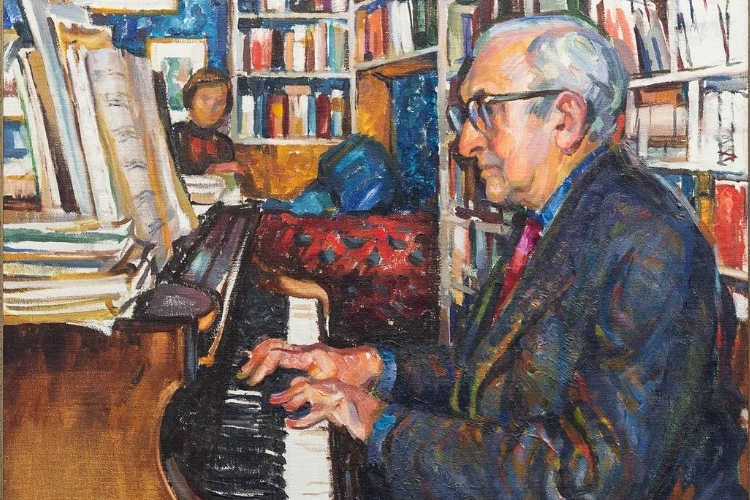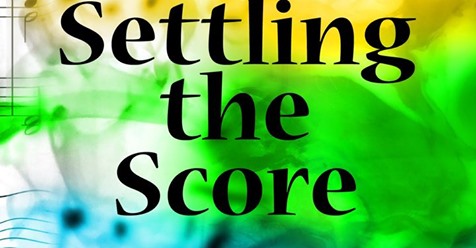
New Zealand music tops this year’s classical chart
Read more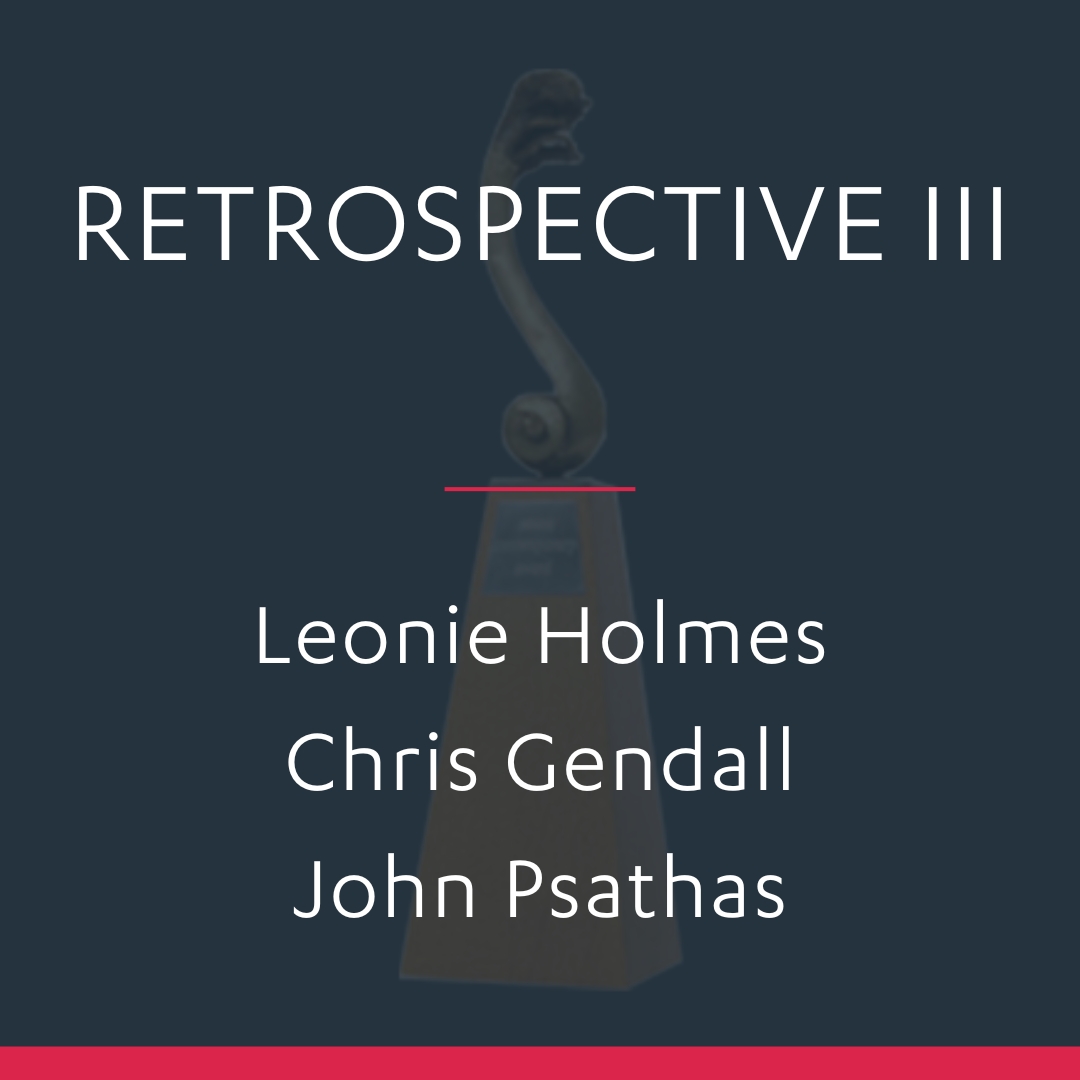
Retrospective III
SOUNZ Virtual Concert
Part 3 of our series exploring past winners and nominees of the SOUNZ Contemporary Award | Te Tohu Auaha.
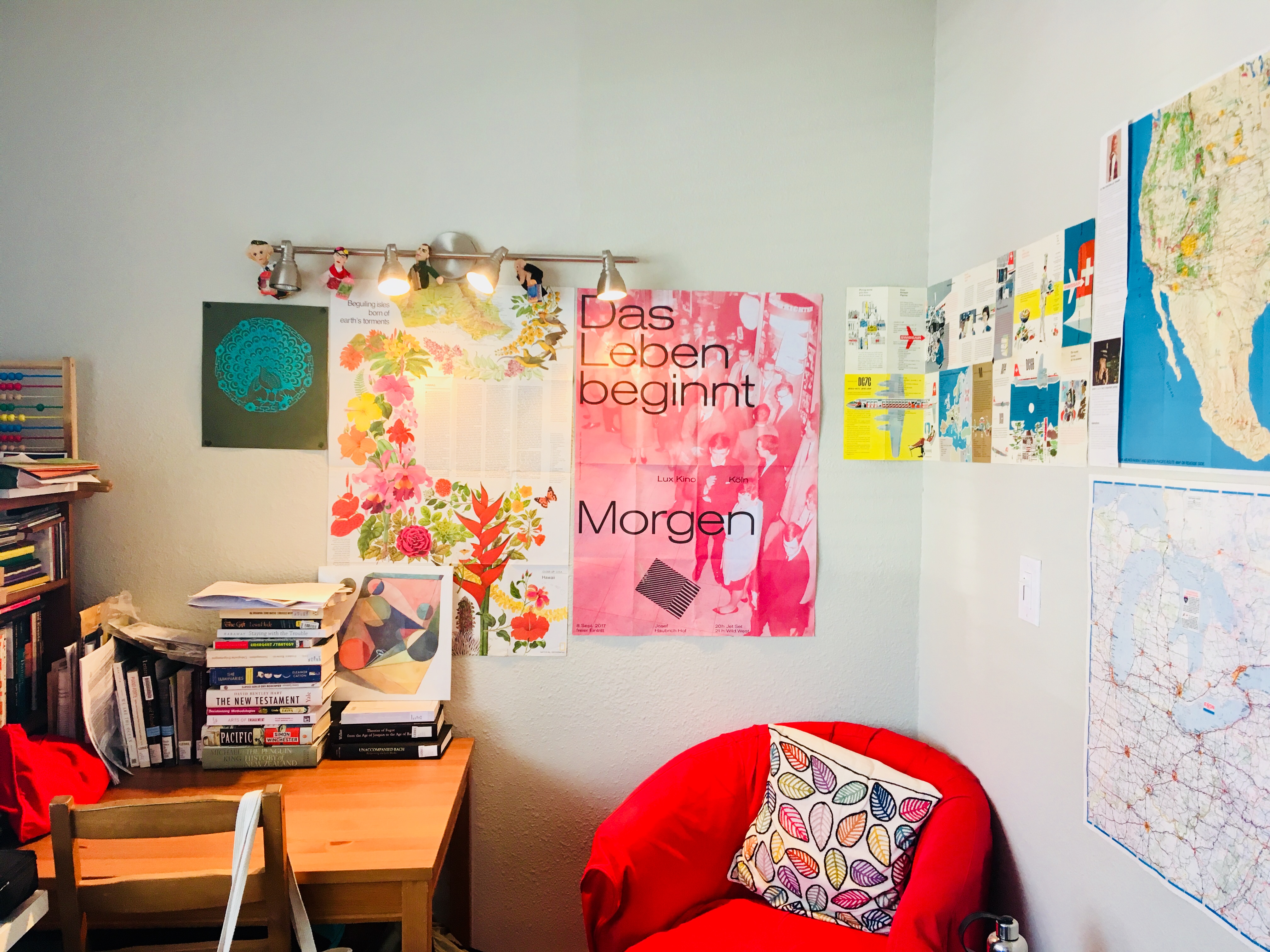
Composer Spaces
Celeste Oram
Read more
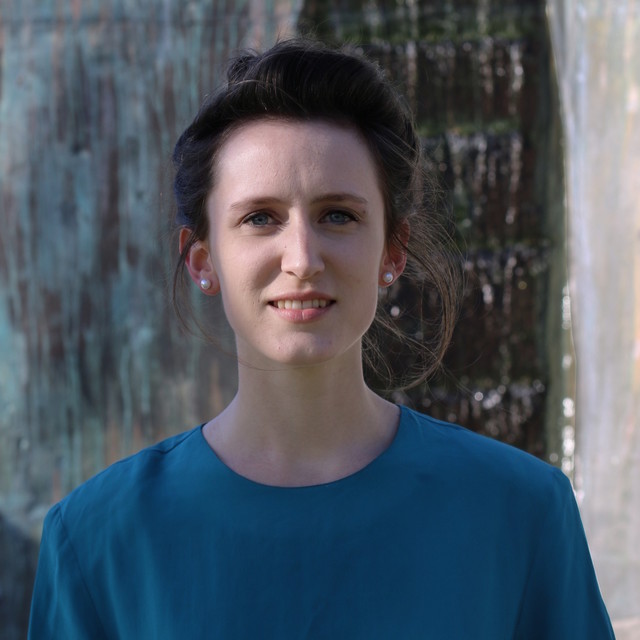
Celeste Oram's 'a loose affiliation of alleluias'
SOUNZ Contemporary Award 2020 finalist
Read more
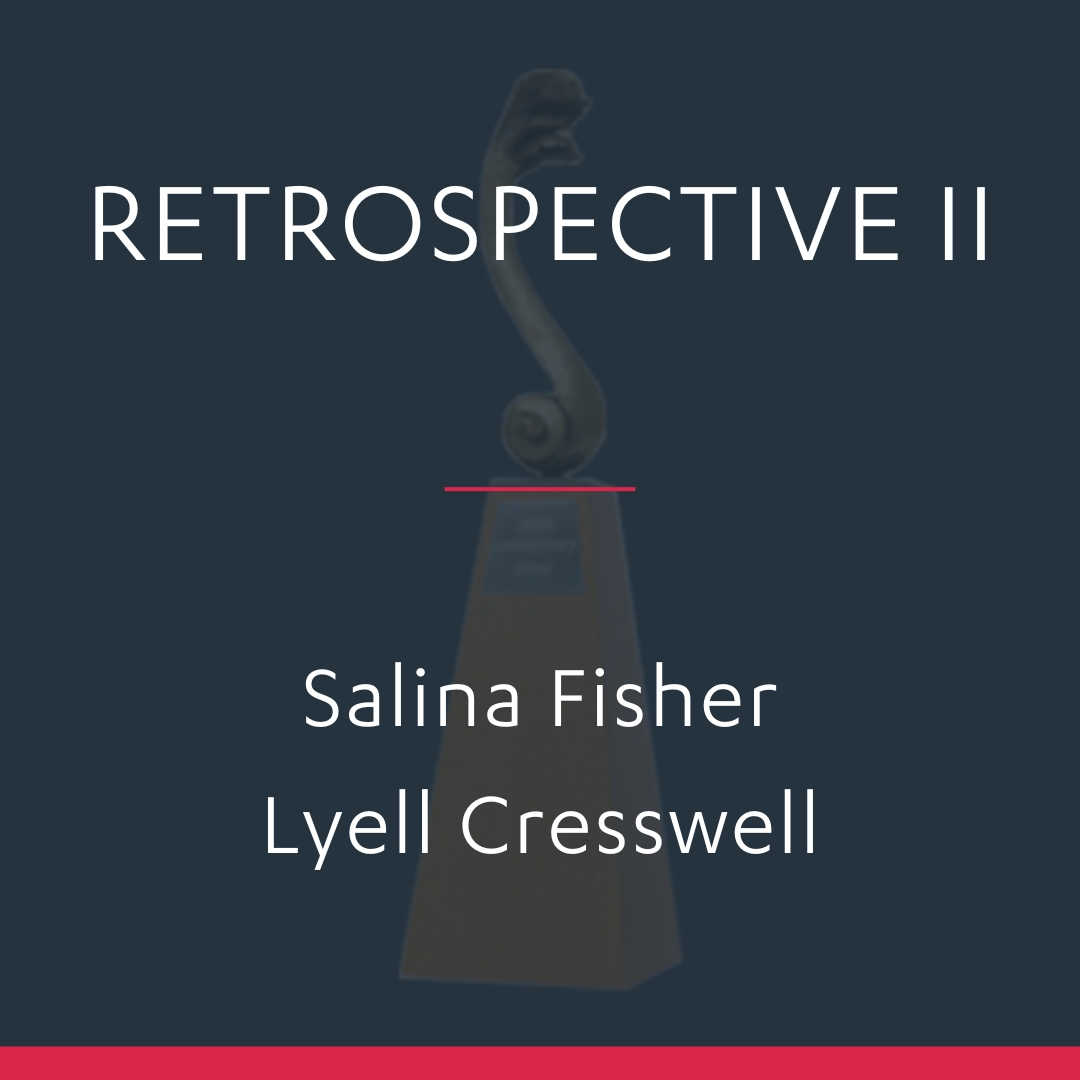
Retrospective II
SOUNZ Virtual Concert
Part 2 of our series exploring past winners and nominees of the SOUNZ Contemporary Award | Te Tohu Auaha.
Salina Fisher: Tōrino, echoes on pūtōrino improvisations by Rob Thorne (Winner 2017). Salina writes: “Discovering the music of Taonga Pūoro artist Rob Thorne has been the most deeply moving listening experience in my recent memory. I was mesmerized by the many powerful and haunting voices that Thorne could produce through one instrument in particular, the pūtōrino, and felt compelled to explore further and respond musically. My sincerest thanks, Rob, for your incredible openness, generosity, knowledge, support, and guidance through this beginning of a very special journey.”
Lyell Cresswell: Concerto for Piano and Orchestra (Winner 2011). Lyell writes: “Movements 3, 4, 5 and 6 were written before Edward (Harper) died, but he was already ill with cancer and the whole concerto was written under the shadow of this.
The first movement, Funeral March, opens with a sequence of low six-note chords in the piano. These chords provide the basis for the complete concerto and are treated in various contrasting ways in each movement. The orchestra becomes an extension of the piano, sustaining these chords and taking them where the piano can’t go. The concerto is not a confrontation between soloist and orchestra – the piano is more like another section of the orchestra. A slow throbbing, but varying, pulse runs through the Funeral March – first in the harp, sometimes the timpani, sometimes pizzicato and, at the climax, with brass and woodwind. In the following tranquil Adagio the six-note chords are turned into serene melodic lines with quiet sustained chords in the strings. The first scherzo is short, fast and restless. The central movement, Addolorato (distressed, grieved, upset), is, in turn, slow and reflective (in the piano), and querulous and disturbing (in the orchestra), posing questions rather than offering solutions. The second scherzo is fast, light and fleeting – with a hushed centre. The second Adagio is composed of slow, unsettled and quiet chords leading to an angry outburst at the climax, and the pace in the final presto is only interrupted briefly with some reference to Adagio 1.”
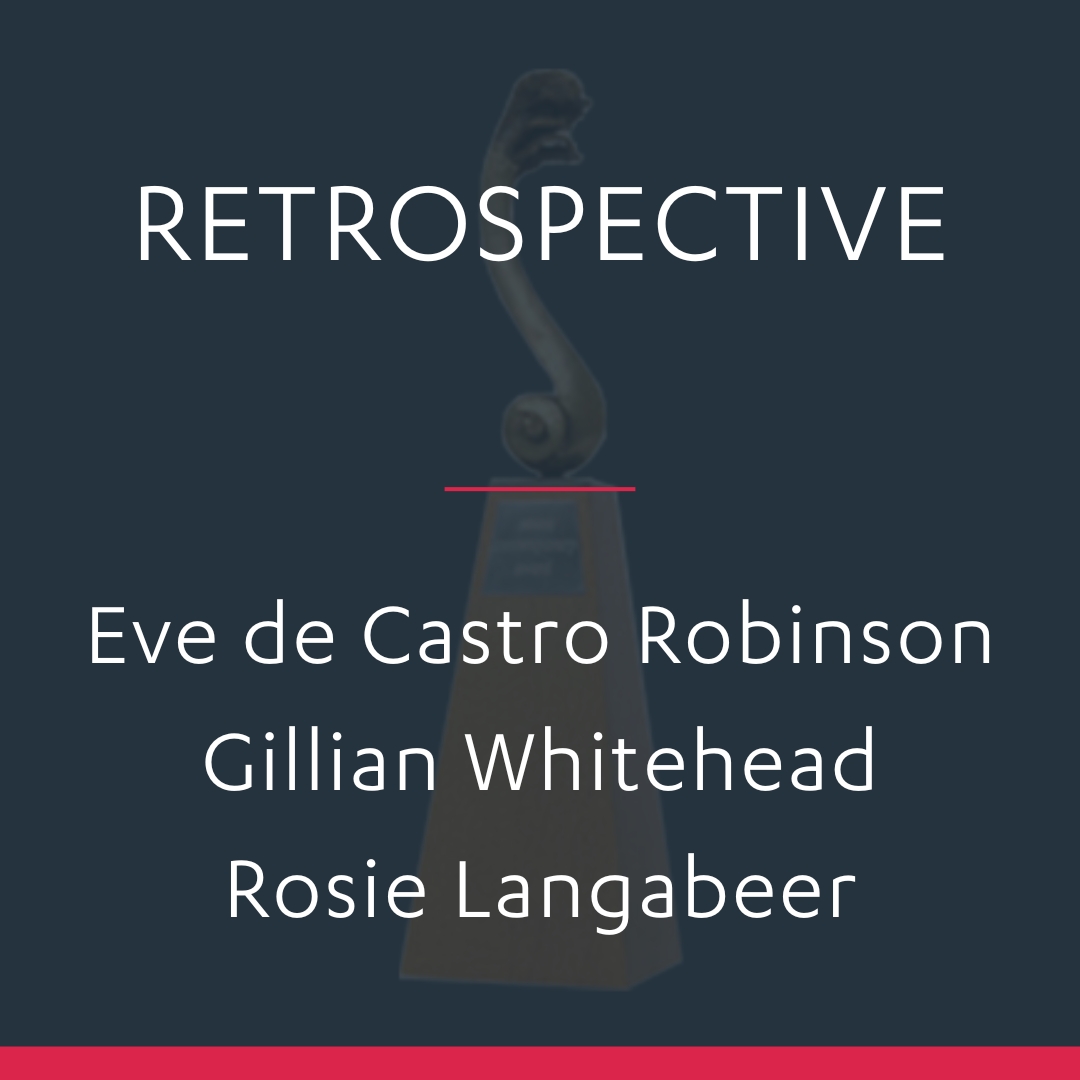
Retrospective
SOUNZ Virtual Concert
This week we explore past winners and nominees of the SOUNZ Contemporary Award | Te Tohu Auaha.

Composer Spaces
Alex Taylor
Read more

Mahuru Māori
SOUNZ Virtual Concert
SOUNZ celebrates Te Wiki o te Reo Māori and Mahuru Māori with a special concert featuring some of New Zealand’s most prolific Māori composers. Enjoy this special concert of new and more well-known waiata, in te reo Māori. SOUNZ celebrates keeping Māori language alive, natural and normal.
Kia Ora te Reo
Kia Māori te Reo
Kia Kaha te Reo Māori

Meet composer
Rosa Elliott
Read more

Quartets
SOUNZ Virtual Concert
This week’s SOUNZ Concert features diverse quartets for various lineups by New Zealand composers, from the expressionism of Watson and Bowater, to the meditative stillness of Lardelli.
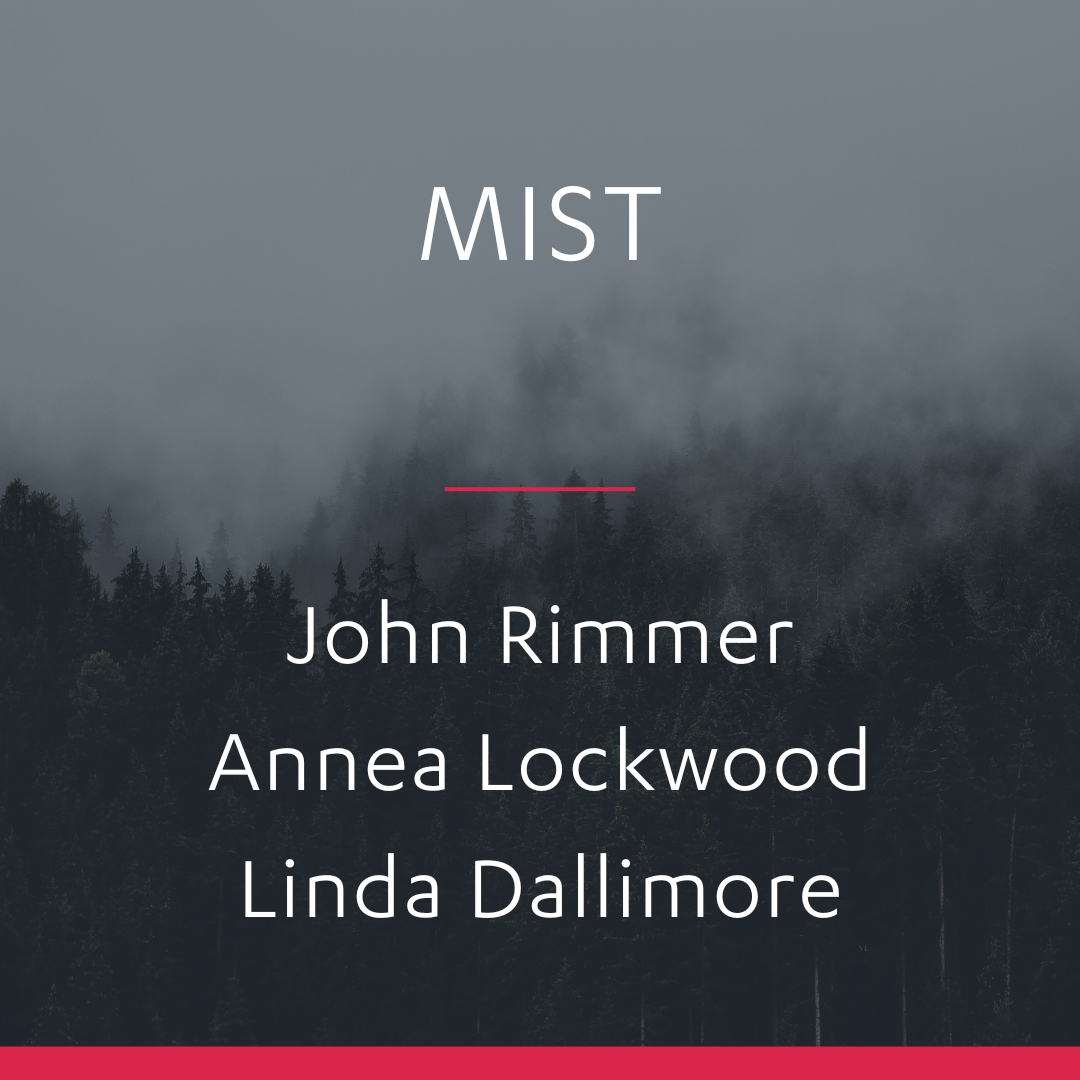
Mist
SOUNZ Virtual Concert
In John Rimmer’s ‘Composition 4’ for flute and electronic sounds, string and percussive timbres accompany flute writing that evokes the Japanese shakuhachi.
In ‘Immersion’, Annea Lockwood explores her love of the effect of two tones that are close in pitch producing a pulsing beat.
Linda Dallimore’s ‘Aotearoa – Cloud’ is inspired by the eponymous painting by Gretchen Albrecht. “There is so much movement in the work, from left to right, with a divide in the middle… it seemed an obvious chance to use glissandos that go up, and then glissandos that go down.”
